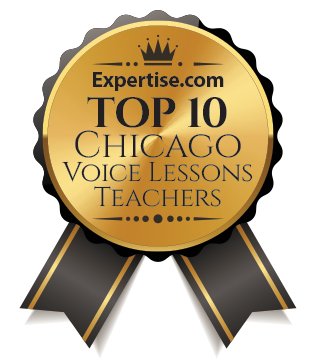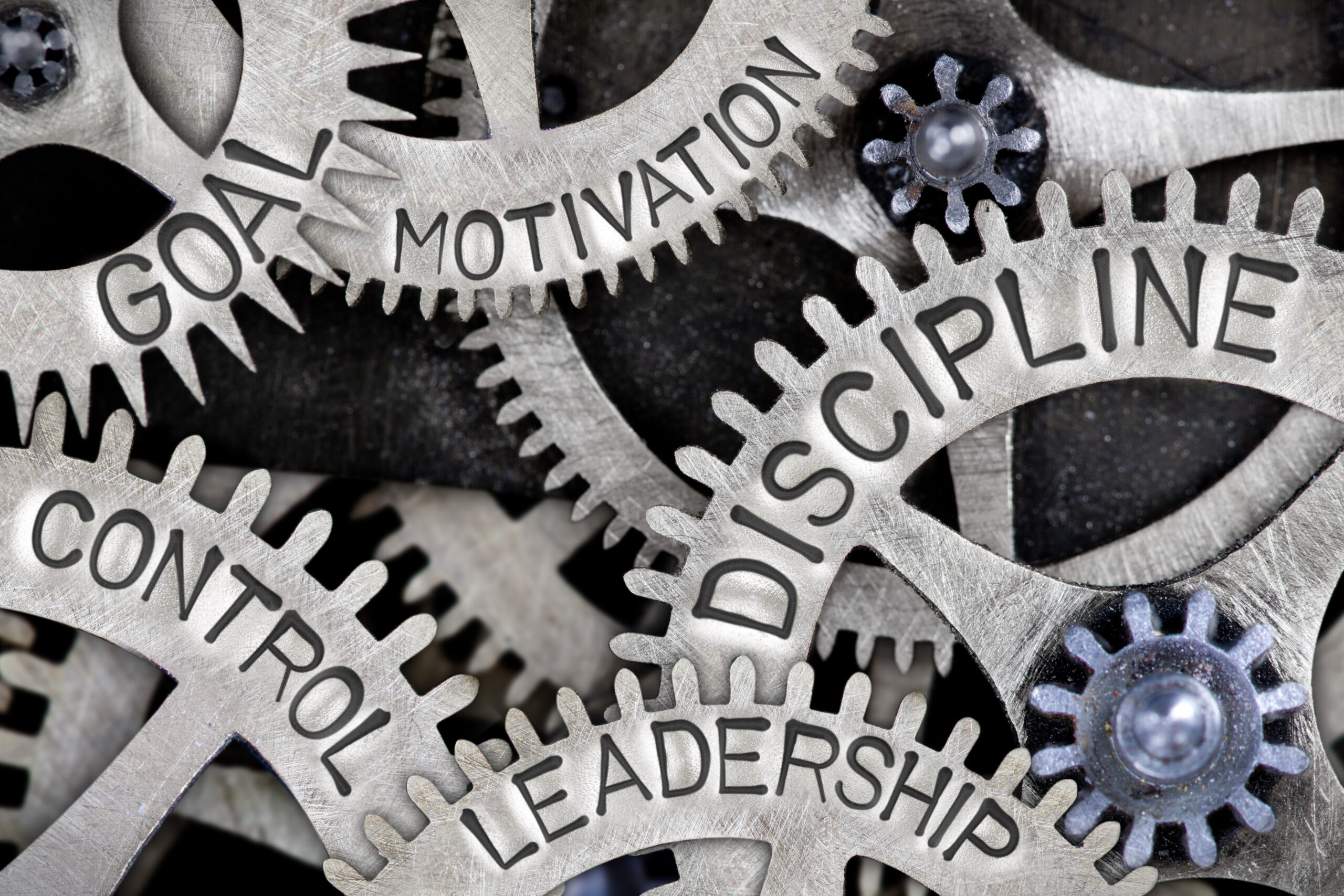“I never knew there was so much involved in learning to sing!” I’ve heard that phrase a lot over the past 16 years of teaching. Many people assume that they can take a single voice lesson and immediately level-up their singing. We are raised to think that singing well is an innate gift – you either have it or you don’t. If you have it, you just need some “tips and tricks” to elevate your work. So it never surprises me when students enter my studio with the expectation that I can help them fix all their vocal issues in a single lesson.
The truth is, it’s an unrealistic and problematic expectation. Learning to sing well is not like learning an equation in math class. It’s much more like athletics training. Even a natural athlete needs an effective training regimen to reach their full potential, and a coach to help them identify where improvements are necessary. It’s the same with singing. When it comes to the voice the progress we make requires patience, consistency, and time. No teacher, no matter how knowledgeable or talented, can permanently change your singing in a single lesson. They can help you identify inefficiencies and give you tools to address them, but mastering and ingraining those skills takes time. Lots and lots of time.
That’s because the skills required to sing are a form of motor learning. Motor learning is different than other types of skill acquisition because it results in relatively stable, lifelong changes in behavior. This is the type of learning we undergo when we learn to tie our shoes or ride a bicycle. We are working to create automatic, reliable results when we perform a particular task.
So what is motor learning?
“Motor learning is a set of [internal] processes associated with practice or experience leading to relatively permanent changes in the capability for responding.” (Schmidt, R.A. (1988). Motor Control and Learning: A Behavioral Emphasis)
Put another way: motor learning is the brain’s way of ingraining automatic reactions to memory through practice. The repetition of motor learning enables people to make permanent changes to their brains so that they can automatically deliver a predictable reaction in a given situation.
Put yet another way: Consistent results require skill mastery over time.
Motor learning happens in three stages:
- Cognitive: developing a conscious understanding of what you’re attempting to learn.
Progress in this stage is slow, inconsistent and often inefficient. Students in this stage develop a fundamental understanding of a particular skill. Lots of trial and error is necessary to refine and further understand that skill.
- Associative: developing more nuanced adjustments to behavior with fewer verbal cues.
This is the stage when you start to get good at something, moving beyond a beginner’s understanding. Skills in this stage of learning are honed in increments, so you might not notice gigantic leaps in skill. But you will start to identify inefficiencies faster and course-correct more quickly.
- Autonomous: desired movements become mostly automatic.
In this stage movements become efficient, accurate and consistent. Little cognitive processing is needed to accomplish the given task. With enough repetitive practice, performance becomes largely unconscious and smooth.
Students need space, support, expert guidance and (you guessed it) TIME to move through these three stages of the learning process. And no one can control the speed at which our brains process and master new information. A single lesson or coaching session may give you valuable information about what you need to grow and enhance your performance. But it will not provide long-term, sustainable change.
Now what?
While we cannot predict or control the speed at which we learn, we do have control over our mindset while learning. Do we prioritize speed over sustainability? Are lessons something we suffer through to find the band-aid fix, or are they a unique opportunity to grow and change at more fundamental levels? Do we get stuck thinking about what our voices “should” sound like, or do we cultivate curiosity about what our voices *could* do with time and guidance?
Lessons of any kind are an investment. While it’s really tempting to look for short cuts and magic fixes, the truth is that nothing can replace steady commitment over time. And when we stop trying to look for those short cuts, that’s when the most growth happens.





